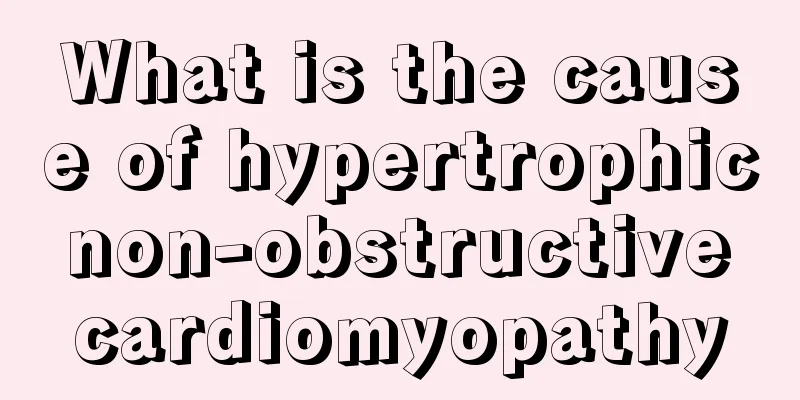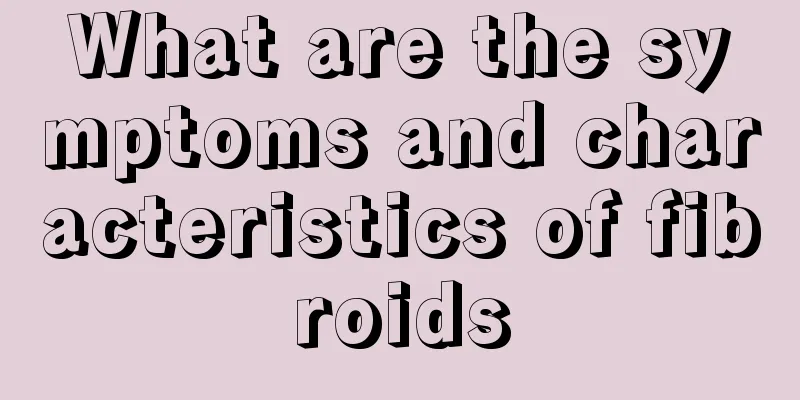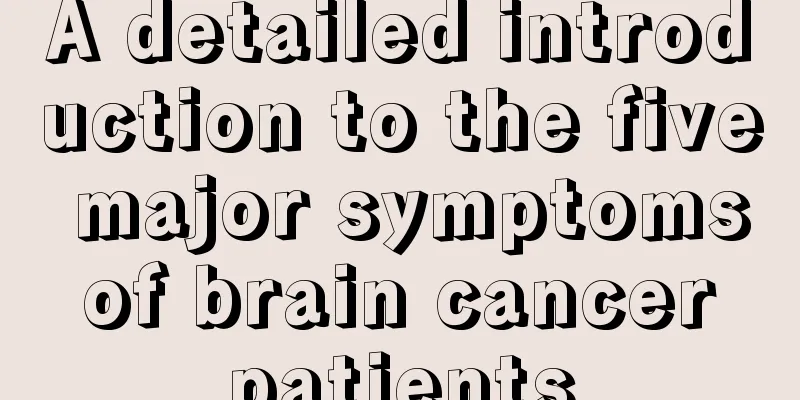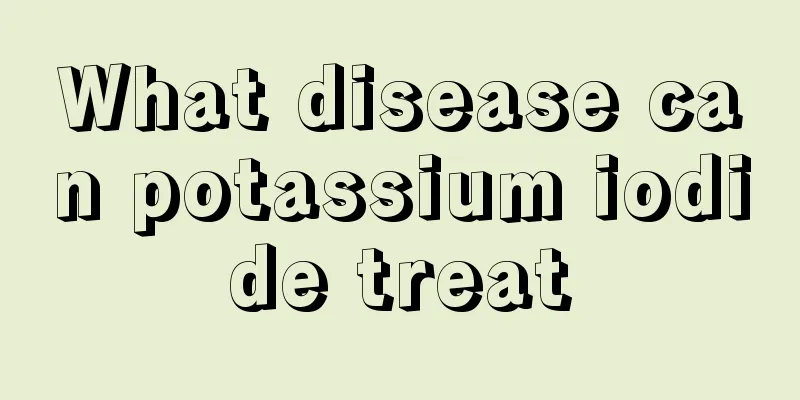What is the cause of hypertrophic non-obstructive cardiomyopathy

|
Many people do not understand the cause of hypertrophic non-obstructive cardiomyopathy. In fact, this disease is partly caused by genetic factors, and if there is an endocrine disorder, it can also lead to this disease. Common symptoms include difficulty breathing, fatigue, dizziness, heart failure, etc. 1. Causes The cause of this disease is not clear, but possible factors include: 1. Genetics Multiple people in a family may be affected, suggesting that it is related to genetics. Matsumori found that the detection rate of HLADRW4 in this disease was as high as 73.3%, while the detection rate in the control group was extremely low. The HLADR system is one of the genetic genes that regulates the immune response, indicating that this disease is related to genetics. 2. Endocrine disorders Many patients with pheochromocytoma have coexisting hypertrophic cardiomyopathy. Intravenous infusion of large amounts of norepinephrine in humans can cause myocardial necrosis. Animal experiments have shown that intravenous infusion of catecholamines can cause myocardial hypertrophy. Therefore, some people believe that hypertrophic cardiomyopathy is caused by endocrine disorders. 2. Clinical manifestations Onset is usually slow. About 1/3 has a family history. Symptoms usually begin before the age of 30. Men and women are equally affected. 1. Symptoms (1) Dyspnea often occurs after exertion. It is caused by decreased left ventricular compliance, increased end-diastolic pressure, and subsequent increased pulmonary venous pressure, resulting in pulmonary congestion. Mitral regurgitation associated with ventricular septal hypertrophy can aggravate pulmonary congestion. (2) Precordial pain often occurs after exertion and is similar to angina pectoris, but may be atypical. It is caused by increased oxygen demand from the hypertrophic myocardium and relatively insufficient blood supply from the coronary arteries. (3) Fatigue, dizziness and fainting often occur during activities. This is because the increased heart rate further shortens the diastolic period of the left ventricle, which already has poor diastolic filling, aggravating the insufficient filling and reducing cardiac output. When active or emotionally excited, the sympathetic nerves increase the contraction of the hypertrophic myocardium, aggravate the outflow tract obstruction, and cause a sudden drop in cardiac output, resulting in symptoms. (4) Palpitations are caused by decreased heart function or arrhythmia. (5) Heart failure is more common in late-stage patients. Due to decreased myocardial compliance, ventricular end-diastolic pressure increases significantly, followed by increased atrial pressure, and is often accompanied by atrial fibrillation. In late-stage patients, myocardial fibrosis is extensive and ventricular contractile function is weakened, making them prone to heart failure and sudden death. |
<<: Prognosis issues of hypertrophic cardiomyopathy
>>: How to effectively treat hypertrophic rhinitis
Recommend
How can we effectively prevent melanoma
In recent years, the incidence of melanoma has gr...
How to prevent lung cancer?
How to prevent lung cancer? To prevent lung cance...
How much does minimally invasive surgery for thyroid cancer cost?
How much does minimally invasive surgery for thyr...
Does chemotherapy for colorectal cancer have any side effects?
The reaction to chemotherapy varies from person t...
What causes a swollen mouth?
For many female friends, the mouth may be their m...
What to do if you have corns_How to treat mild corns
Most patients hope to find some treatments for co...
How to treat lumbar muscle strain with minimally invasive surgery
In today's social life, with the busy work, i...
How to care for baby eczema in summer
Hot summer is a season when people are more likel...
What is keratin_What does keratin look like
Exfoliation is a skin care task that many girls d...
What to do if abscess grows on tooth root
When we find abscesses on the roots of teeth, it ...
Why is there a dull pain in the liver area?
Many people have problems with their livers, so p...
Diagnosis and differentiation of spastic hypertonia
If muscle weakness is caused by a lesion in the p...
Can seedless grapes be eaten
Fruits are a common food in our lives, and nowada...
Will thyroid cancer removal affect the vocal cords?
If the thyroid cancer is removed without damaging...
Four foods that help prevent colorectal cancer
Due to changes in dietary structure and bad eatin...









